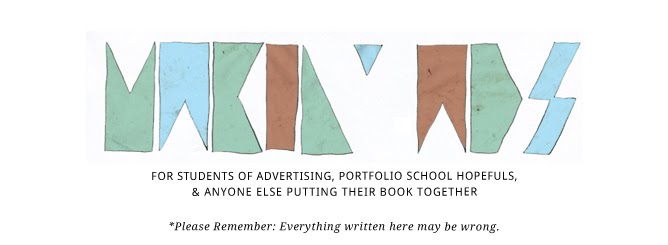
I was at the Oakland Airport the other day and was pumped to see that they now have free wi-fi. That is, free wi-fi for 45 minutes, if you sit through a commercial. Awesome, right? Free wi-fi? And all I had to do is sit through a 30-second commercial?
Then a couple days later, I was watching a video online, for free, and there was a discreet "Brought to you by MINI" up above the video player. No pre-roll.
So here's my question: Which of these models is better for the brand?
Traditional thinking would say that the one where you get the full brand message (i.e. option A) is the better. The brand spent all this time crafting a strategy and money producing a commercial--they want people to watch it.
But the problem with this is that it positions the advertising as something negative. It's the work you have to do before you can enjoy the reward. It's the broccoli before the ice cream sundae. The barrier between you and what you want. The negative end of the trade-off. The cost. In short, not where we want our brands to be.
Option B, the little logo, represents more modern thinking about a brand's relationship with its consumers. What is Mini giving me? An interruption-free video? Awesome! Thanks, Mini! In this case, the brand is the bowl in which the ice cream sundae is served. I like that bowl, and I'm left feeling good about the brand. It has given me something I want. Sure, I didn't get a "message," but I have a FEELING (I would argue that's more important anyway).
We're at a pretty pivotal time in the way advertising is perceived. The old model sets up advertising as annoyance. It interrupts our shows. Delays our movies. Clutters our scenery. Do we really want to carry this legacy forward online?
This is a media question. In the traditional model, it was answered by the media folks. A lot of agencies and media companies still work like this. It's all about the numbers--the GRPs and Impressions and Clicks. But media has become the responsibility of everyone. If you're a creative, it's a conversation you should be involved in, because it influences how people view your creative and your brands. So get in there and ask questions, start conversations and, most important, be thinking of alternative solutions.









 We've written
We've written 